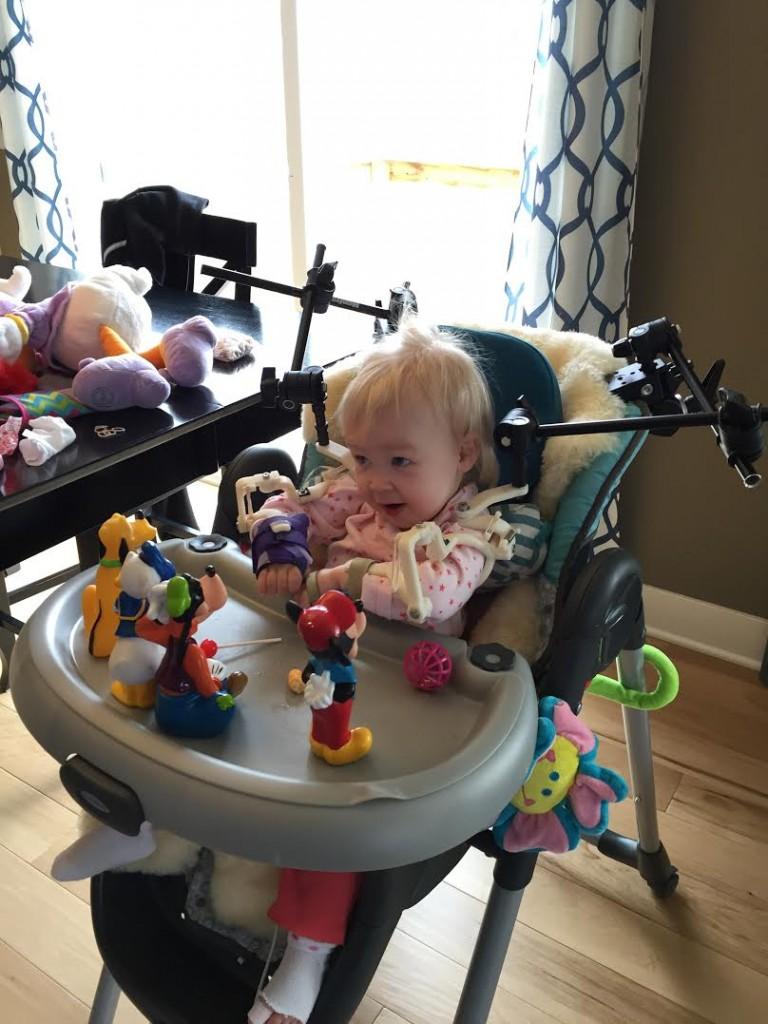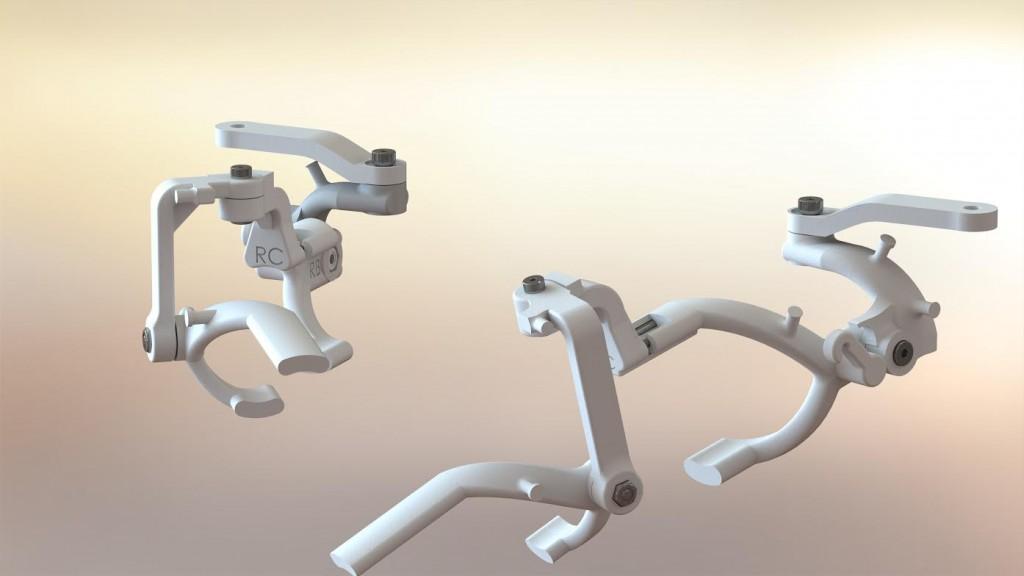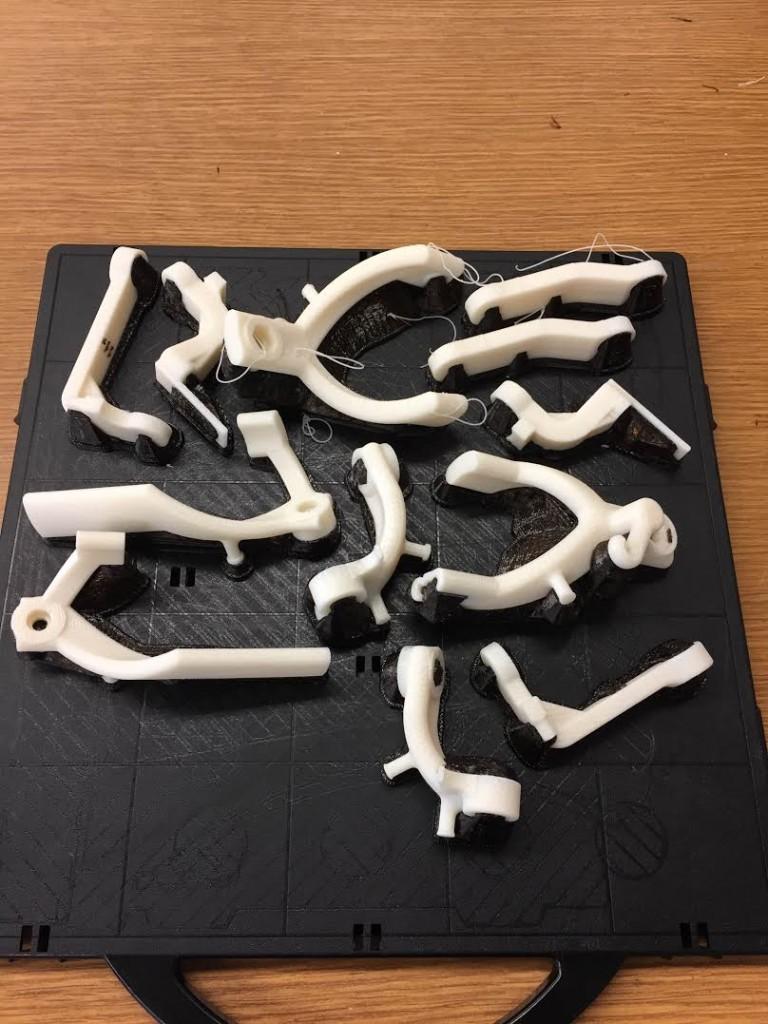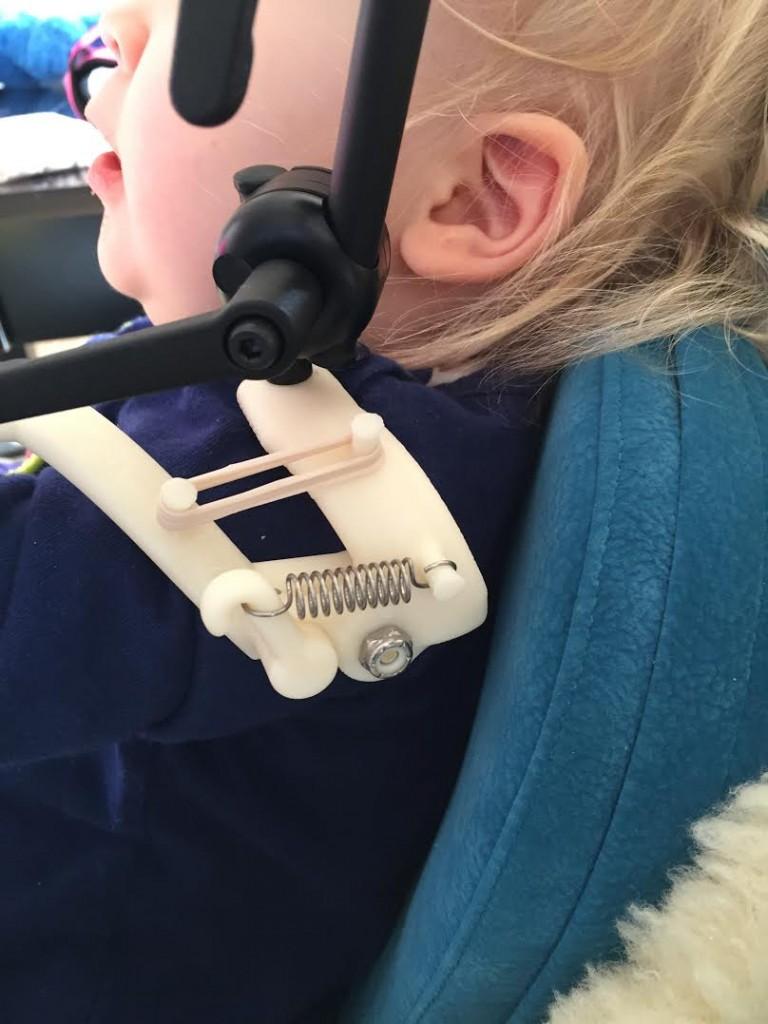 Over the past couple of years, we’ve reported on many unique and individualized uses for 3D printing, in coming to the aid of people with disabilities. The technology, thanks to its customizability, presents the perfect means for creating various prostheses and braces for people of all ages. At the same time, we have seen volunteers from all over the world spend numerous hours working with the technology to provide others who are less fortunate with a solution to their everyday problems.
Over the past couple of years, we’ve reported on many unique and individualized uses for 3D printing, in coming to the aid of people with disabilities. The technology, thanks to its customizability, presents the perfect means for creating various prostheses and braces for people of all ages. At the same time, we have seen volunteers from all over the world spend numerous hours working with the technology to provide others who are less fortunate with a solution to their everyday problems.
For two graduate students at Grand Valley State University, named Joseph Kissling and Samuel Brooks Schaefer, 3D printing not only was a means to complete an assignment for their medical device design course, but it was also a way in which they could make a huge difference in the life of a little girl named Lylah.
Lylah suffers from a condition known as Spinal Muscular Atrophy (SMA), a genetic disorder that results in the death of motor neurons.
“Without the constant stream of signals from the neurons, muscles atroph,” Joseph Kissling tells 3DPrint.com. “In Lylah’s case she can no longer lift her arm to reach her mouth. The disease is progressive and it starts effecting the extremities first, then finally the main body. SMA comes in 4 types, I,II,III,IV with type I and type II being the most severe. Lylah is Type I/II.”
Kissling and Schaefer were assigned the task of creating a device that would help Lylah regain the use of her arms, and in doing so, the two students used 3D printing technology to create what they call the “Angel Arms Exoskeleton”. These Angel Arms work by neutralizing the weight of Lylah’s real arms, thus “creating the effect of neutral buoyancy”. It does this by using rubber bands and a spring, in combination with 12 3D printed parts, to take the load off of her arms. The unique geometry of the arms prevents Lylah from over extending her real arms, and it provides for quite a bit of strength when considering the parts were 3D printed. As we all know, typical layering effects within 3D printed objects can sometimes create unwanted weaknesses. This is not the case with the Angel Arms.
As you can see in the video below, the arms worked tremendously well for Lylah.
“She was able to move and play around for the first time, and feed herself as well,” Kissling tells us. “She even remembered us each time we would come over and would get excited to wear the arms. We also got an A so our professors: Dr. Brent Nowak, Dr. Lisa Kenyon, Dr. John Farris, Dr. Wendy Reffeor, and Dr. Hugh Jack, who I would like to thank for their support at this time, were equally impressed.”
While this was originally a university project, Kissling tells us that it won’t simply end there. They designed the arms to be open source and constructed entirely of 3D printed and off-the-shelf components. They are currently working with a startup called Patterspace, which will act as a host platform for this project as well as other similar projects in the future. While creating the arms, Kissling and Schaefer made sure that the design was able to easily be modified so that dimensions could be changed to fit other users as well. The 3D printable files are set up in a way that allows users to add in desired lengths and widths of the upper arm and forearm, and then have a model ready for fabrication
“Having the files open also means that the user can edit them as they see fit, in the hopes that someone can come up with a design that works even better for them,” says Kissling.
The two students used the Stratasys Dimension 1200es 3D printer, which was made available to them at Grand Valley State University, to print out the necessary parts. They printed all of the parts in ABS plastic with 100% infill in order to provide for the greatest possible strength. It took approximately 25 hours of print time to fabricate all 12 parts.
Currently the Angel Arms have been entered into a competition called 5x5night, in which Kissling and Schaefer hope to receive the prize, a $5,000 grant. You can vote for this incredible design now, and the top 5 will present their creations to a panel of judges on the night of July 28.
What do you think about these “Angel Arms”? Is this a viable solution for other individuals suffering from diseases that prevent them from using their extremities? Discuss in the 3D Printed Angel Arms Forum thread on 3DPB.com, and check out the inspirational video of Lylah using her arms for the first time, below.
Subscribe to Our Email Newsletter
Stay up-to-date on all the latest news from the 3D printing industry and receive information and offers from third party vendors.
Print Services
Upload your 3D Models and get them printed quickly and efficiently.
You May Also Like
3D Printing News Briefs, July 2, 2025: Copper Alloys, Defense Manufacturing, & More
We’re starting off with metals in today’s 3D Printing News Briefs, as Farsoon has unveiled a large-scale AM solution for copper alloys, and Meltio used its wire-laser metal solution to...
Etsy Design Rule Change Reduces Selection of 3D Printed Goods
Online marketplace Etsy has implemented a rule change requiring all 3D printed goods on the site to be original designs. The update to the site’s Creativity Standards states, ¨Items produced using...
Siraya Tech Introduces New Elastomer 3D Printing Materials, Including Foaming TPU
California company Siraya Tech, founded in 2019 with a focus on material science, customer focus, and agility, develops high-quality 3D printing materials that meet the needs of creators, hobbyists, and...
3D Printing News Briefs, April 12, 2025: RAPID Roundup
The news from last week’s RAPID+TCT in Detroit just keeps on coming! That’s why today’s 3D Printing News Briefs is another RAPID Roundup of more exciting announcements from the trade...





































